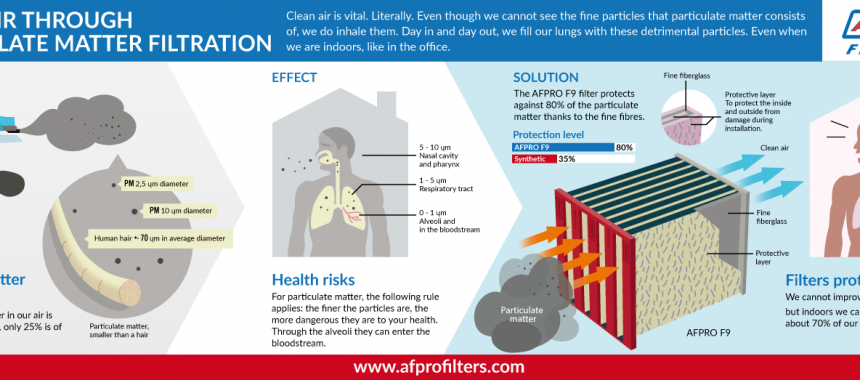Managing Cooling And Heating Issues In Your House: A Practical Overview
Managing Cooling And Heating Issues In Your House: A Practical Overview
Blog Article
Content Created By-MacDonald Bush
Imagine getting back on a scorching summertime day, only to discover that your cooling is not functioning. Frustrating, appropriate? Do not fret, you can troubleshoot common cooling and heating issues in your home.
This article will certainly assist you through the procedure of determining and dealing with air flow problems, in addition to troubleshooting temperature control troubles.
So, get your tools and prepare yourself to become your own cooling and heating hero.
Recognizing Heating And Cooling System Basics
To understand the a/c system basics, you need to recognize exactly how it operates and what parts compose the system.
The HVAC system, which stands for Home heating, Air Flow, and A/c, is in charge of keeping a comfy interior environment. It works by controlling the temperature level, moisture, and air high quality in your home.
The main parts of a heating and cooling system consist of the furnace or heat pump, ac system, ductwork, thermostat, and air filters. The heating system or heatpump is accountable for heating up the air, while the air conditioning unit cools it down.
The ductwork disperses the conditioned air throughout your home, and the thermostat allows you to regulate the temperature level. Finally, see this aid to remove dust, pollen, and other bits from the air.
Comprehending https://zenwriting.net/clelia679jenice/a-comprehensive-overview-to-heating-and-cooling-repair-service-common-issues will certainly help you troubleshoot typical HVAC problems and ensure your system operates successfully.
Identifying and Mending Air Movement Issues
To fix air movement concerns in your house, you ought to begin by checking for blocked air filters and blocked vents. Obstructed air filters can limit the circulation of air, creating your a/c system to function more difficult and much less efficiently. It's important to consistently tidy or replace your air filters to make certain appropriate air movement.
Furthermore, blocked vents can additionally impede airflow throughout your home. See to it that all vents are clear of any type of blockages such as furnishings, curtains, or particles. If you see any vents that are shut or partly shut, open them as much as permit better air flow.
Another typical problem that can impact air movement is leaky air ducts. Examine your ductwork for any leaks or spaces and seal them properly to enhance airflow and power performance.
Troubleshooting Temperature Level Control Issues
If you're experiencing temperature control problems in your home, examine both the thermostat and the heating and cooling system for any problems.
Start by examining the thermostat setups to guarantee they're set appropriately. Sometimes, the temperature level could be established too high or also reduced, creating the a/c system to not operate properly. If the setups are right, check the thermostat for any kind of physical damages or loose connections.
Next, examine the heating and cooling system for any noticeable issues. Look for leaks, clogged up filters, or blocked vents that could be impacting the temperature level control. In addition, see to it the system is getting power and the breaker isn't tripped.
If you're unable to identify or take care of the trouble, it's ideal to get in touch with a professional HVAC technician for further aid.
Verdict
So, there you have it! By comprehending the fundamentals of your heating and cooling system and fixing typical problems like air movement problems and temperature control troubles, you can maintain your home comfy throughout the year.
For instance, let's state you observe that some spaces in your home are regularly warmer than others. By looking for obstructed vents or readjusting the dampers, you can make certain that the air movement is well balanced and every area goes to the preferred temperature.
